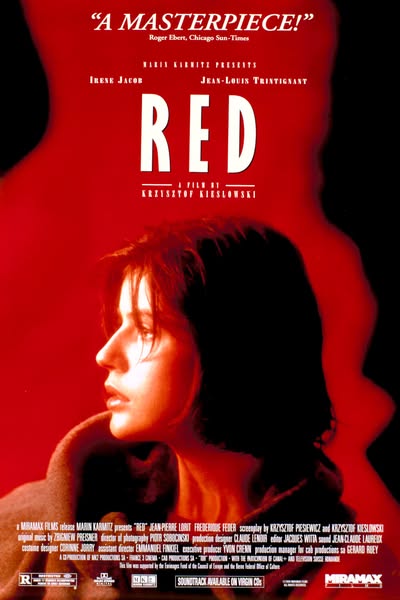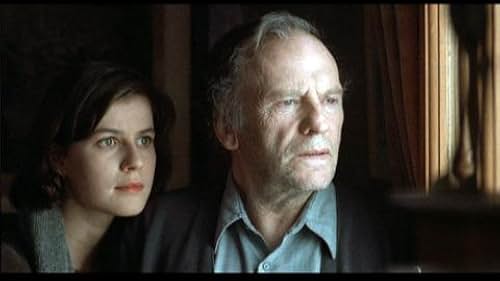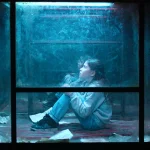Three Colors: Red (1994)

Three Colors: Red (1994), directed by Krzysztof Kieślowski, is a profound and visually striking film that serves as the final installment in his acclaimed “Three Colors” trilogy, which explores the themes of liberty, equality, and fraternity—principles embodied by the colors of the French flag. This film delves into the complexities of human relationships, fate, and the interconnectedness of lives, all while showcasing Kieślowski’s masterful storytelling and cinematic artistry.
The narrative follows Valentine (Irène Jacob), a young model living in Geneva who inadvertently becomes entangled in the life of an elderly, reclusive judge, Joseph (Jean-Louis Trintignant). Valentine’s journey begins when she accidentally runs over his dog, leading to an unexpected friendship that unfolds against the backdrop of her own struggles with love and ambition. As she navigates her relationships, including a complicated romance with a fellow model, the film gradually reveals the intricate web of connections that bind the characters together.

Three Colors: Red is characterized by its rich visual style, employing a vibrant color palette dominated by shades of red that symbolize love, passion, and the deeper emotions that connect humanity. Kieślowski’s use of composition, lighting, and camera movement creates a dreamlike atmosphere that enhances the film’s emotional depth. The meticulous attention to detail in each frame draws viewers into the characters’ inner worlds, making their experiences deeply resonant.

The performances are nothing short of exceptional, with Irène Jacob delivering a captivating portrayal of Valentine, embodying both vulnerability and strength. Jean-Louis Trintignant’s performance as Joseph adds a layer of complexity, reflecting the weight of his past experiences and the wisdom he imparts. The chemistry between the characters is palpable, highlighting the film’s exploration of love, fate, and the impact of chance encounters.
The score, composed by Zbigniew Preisner, beautifully complements the film’s themes, weaving together haunting melodies that evoke a sense of longing and introspection. The music serves to heighten the emotional resonance of key moments, further immersing the audience in the narrative.

In summary, Three Colors: Red is a cinematic masterpiece that encapsulates Kieślowski’s profound insights into the human experience. Through its captivating storytelling, rich visual aesthetics, and exceptional performances, the film invites viewers to reflect on the nature of love, connection, and the intricate tapestry of life. As the final entry in the trilogy, it serves as a poignant culmination of the themes explored throughout, solidifying its place as a landmark in world cinema.











